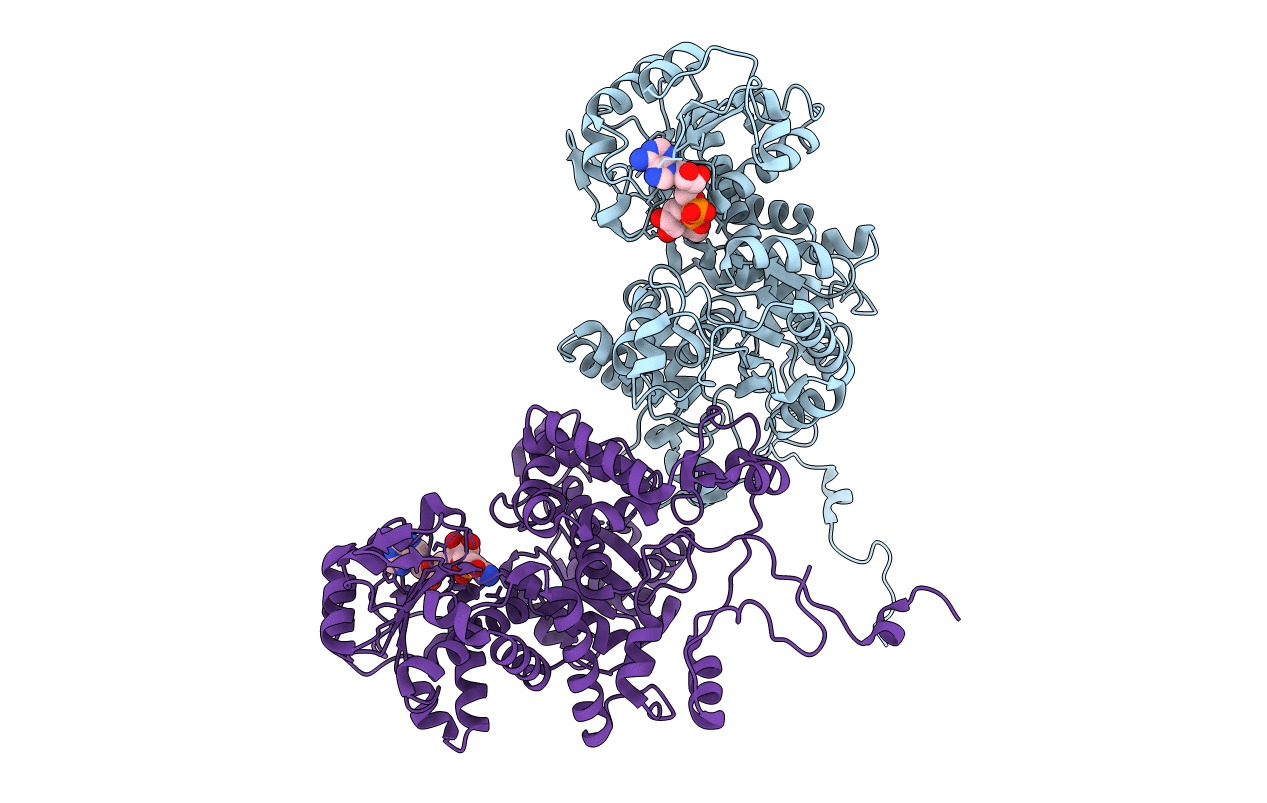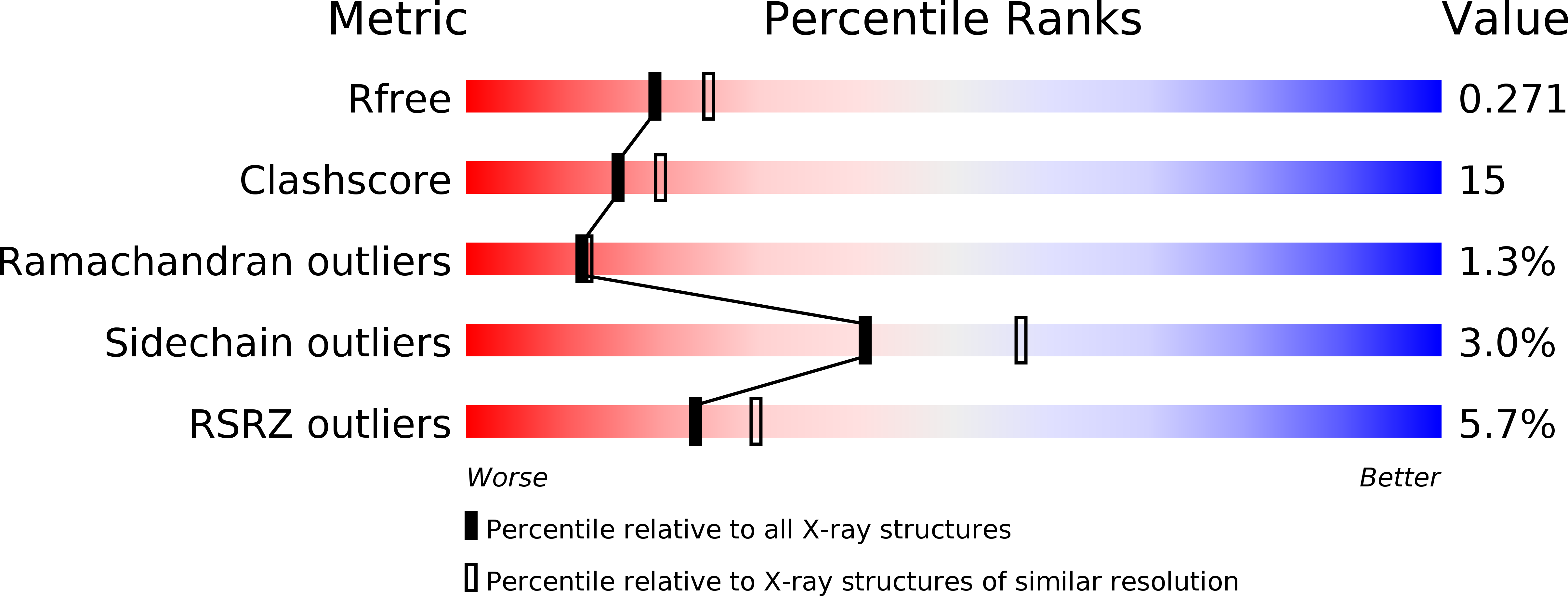
Deposition Date
2002-04-29
Release Date
2002-05-08
Last Version Date
2023-08-16
Entry Detail
PDB ID:
1LLQ
Keywords:
Title:
Crystal Structure of Malic Enzyme from Ascaris suum Complexed with Nicotinamide Adenine Dinucleotide
Biological Source:
Source Organism:
Ascaris suum (Taxon ID: 6253)
Method Details:
Experimental Method:
Resolution:
2.30 Å
R-Value Free:
0.28
R-Value Work:
0.24
Space Group:
P 31 2 1


